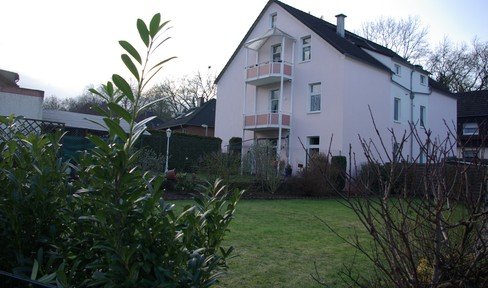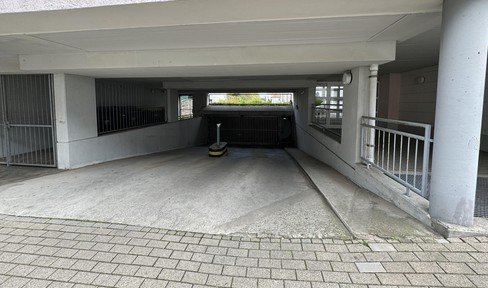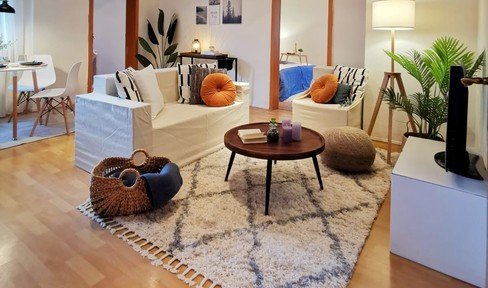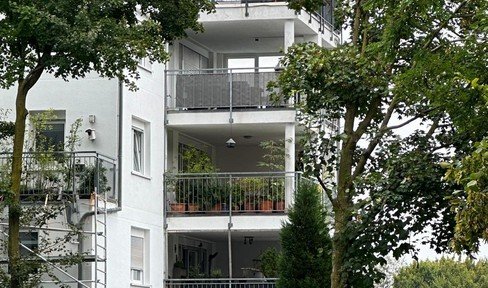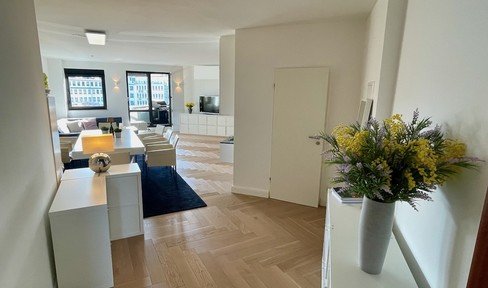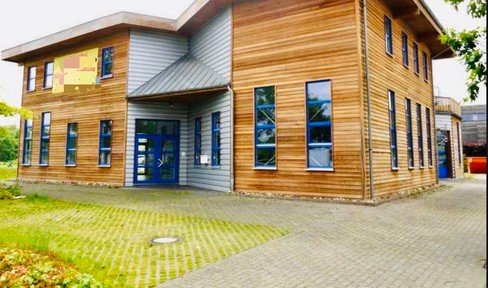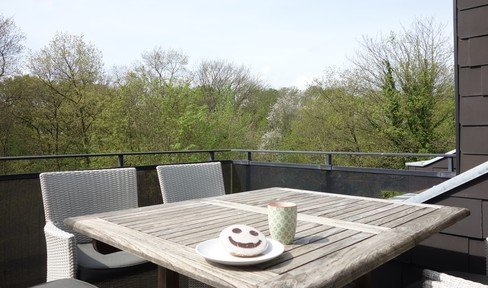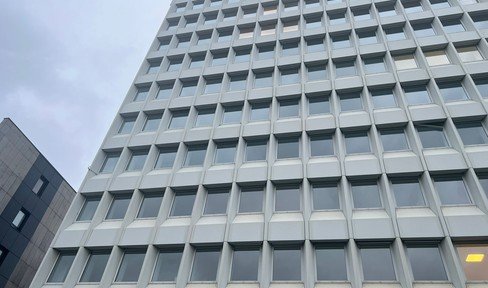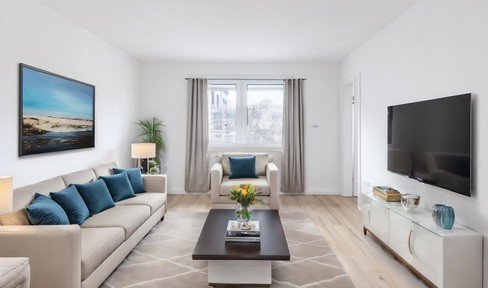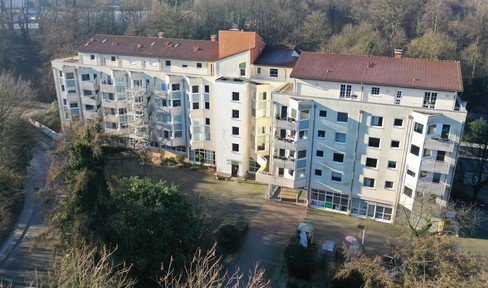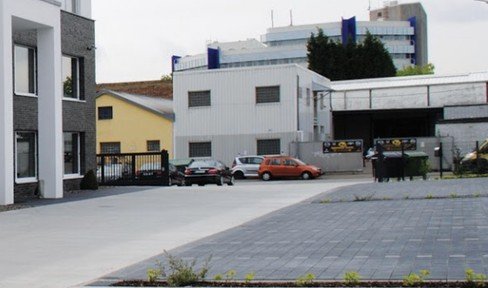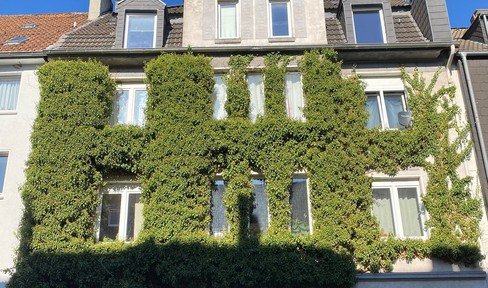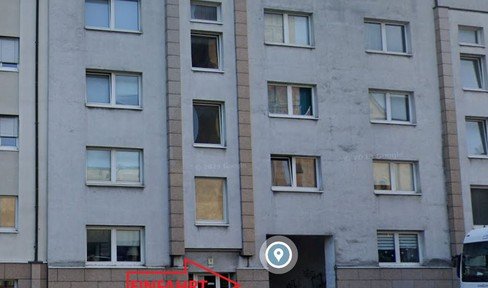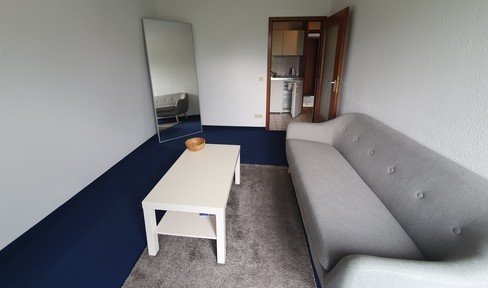
This page was printed from:
https://www.ohne-makler.net/en/properties/nordrhein-westfalen/essen/
Comission-free real estate directly from the owner in Essen
Here you can find from 143 offers your commission-free property in Essen and surroundings
The city is green and not gray: parks, gardens, nature conservation and lots of forest.
It may be astonishing and hard to believe for some contemporaries who are not very familiar with the Ruhr region, but Essen, with its nearly 56,000 inhabitants on an area of 210 square kilometers, is the third greenest city in Germany after Hanover and Magdeburg, with an impressive 9.2 percent green space and an estimated 3 million trees. 1,750 hectares of urban forest with excursion destinations such as the Heissiwald game reserve, the forest park including nature discovery trail and the Isenburg castle on Lake Baldeney ensure a high quality of life, as do the nature reserves in the Asbach Valley, the Heisinger Ruhraue, the Hülsenhainen in the Schellenberg Forest, the Kamptal, the Mechtenberg and the Oefter Valley. The 23 municipal cemeteries with their lush planting also ensure a pleasant urban climate. The same applies to Essen's parks and green spaces, some of which are historic, dating from the 17th and 20th centuries, of which the 65-hectare "Grugapark" in the south of the city center, opened in 1929, is probably the best known and most visited. As an important industrial location and the headquarters of successfully internationally operating major companies (RWE, ThyssenKrupp, Evonik, Steag, Hochtief, Aldi-Nord, Karstadt, Deichmann, Medion, Schenker) as well as, since 2003, the University of Duisburg-Essen, the city in the heart of the "Ruhrpot" has a special attractiveness for workers, researchers, scientists and students.
From noble to very inexpensive, Essen offers everything for every taste and budget.
Although, however, as in the top locations of all other major German cities, real estate prices in Essen, especially in the well-known posh neighborhoods in the south such as Bredeney, Rellinghausen, Kettwig, Fischlaken, Schuir, Stadtwald, Haarzopf, Heisingen and Werden or in the trendy district of Rüttenscheid, have risen in recent years with current price ranges between approx. 2,500 to 3,400 euros/m², and there is great demand for high-quality housing in particular, the city still has a large selection of far less expensive houses and apartments in its other districts. For example, the current average property purchase price in Essen of 1,400 euros/m² roughly corresponds to the price structure for condominiums in the districts of Bedingrade, Gerschede, Steele, Holsterhausen, Stoppenberg, Überruhr-Hinsel, Überruhr-Holthausen, Freisenbruch, Horst and Südostviertel. For still less than 2,000 euros/m², you can find apartments in Südviertel, Burgaltendorf and Kupferdreh. The best places for bargains, on the other hand, with prices between around 600 and 900 euros/m², are Altendorf, Huttrop, Karnap, Kray, Altenessen-Süd, Katernberg and the Ostviertel. While apartments in Essen are cheaper on average than in North Rhine-Westphalia and the rest of Germany, houses are more expensive, currently averaging around 2,200 euros/m². The highest home prices are paid in Horst, Schonnebeck, Werden, Byfang, Kettwig and Heisingen (approx. 2,200 to 3,200 euros/m²). In contrast, Altendorf, Burgaltendorf, Frohnhausen, Altenessen-Nord, Heidhausen, Katernberg, Dellwig and Vogelheim currently offer prices below 2,000 euros/m².
A lot of money is needed for the south, but other districts can still be afforded
Due to its natural structure, Essen's 50 districts offer a clearly visible two-part cityscape with the densely populated districts in the north at the borders to Bottrop and Gelsenkirchen as well as the areas of the inner city on the one hand and the southern part at the Ruhr and Lake Kettwig on the other hand, which is characterized by the extensive green areas already mentioned above. While the coveted, but not entirely cheap south, including many detached villas and single-family homes with prices ranging from 1 to 4.5 million for old buildings and 1 to 2.5 million for new buildings, can actually only be financed by high-income earners, in the simple to medium residential areas in the north, west and east of Essen you can find houses from the existing stock for as little as 90,000 to 600,000 euros, with new buildings costing around 180,000 to 600,000 euros. The supply of cheap, but often very simply furnished housing is still characteristic of the former purely industrial and mining city of Essen with its numerous old workers' housing estates and their functional architecture. Nevertheless, as the European Capital of Culture within the framework of "RUHR.2010", Essen has also had a certain attraction for artists and creative people for quite some time. Nationally known institutions such as the "Ruhr Museum für Ruhrgebietskultur" and the "red dot design museum" in the famous former Zollverein coal mine, which has been used as a cultural center since 2001 and where new construction projects for terraced houses are currently being built, as well as the Folkwang Museum in the popular district of Rüttenscheid or the lively art scene in the Moltkeviertel southeast of the main train station, provide new and fresh impulses in the city, which is often still unjustly judged as gray and dreary.
Short facts Real estate in Essen:
- Essen is the third greenest city in Germany with many parks
- Large companies with many employees have their headquarters in the city
- High-quality new housing is rare, in high demand and therefore usually expensive
- The south, with its many villas, is one of the most expensive areas in the Ruhr region.
- Houses and apartments in the old working-class neighborhoods in the north are less expensive.
- Essen has almost completely mastered the structural change of the 1980s.
- Many museums, galleries and a lively cultural scene provide a breath of fresh air.
Places in Essen
Properties to Rent in Essen
Properties for Sale in Essen
Diese Seite wurde ausgedruckt von:
https://www.ohne-makler.net/en/properties/nordrhein-westfalen/essen/

